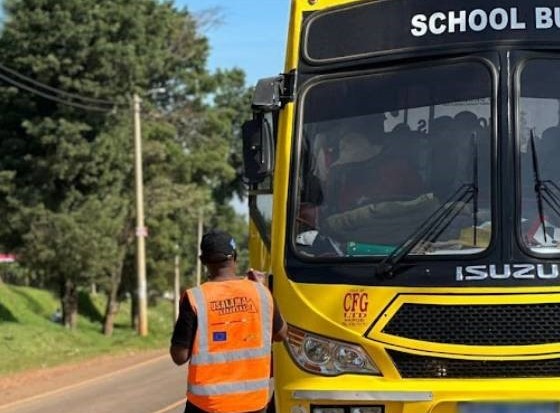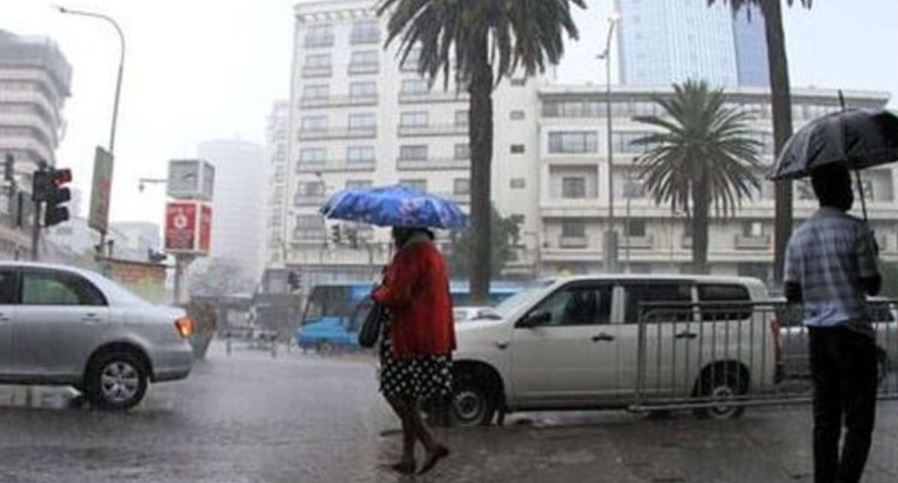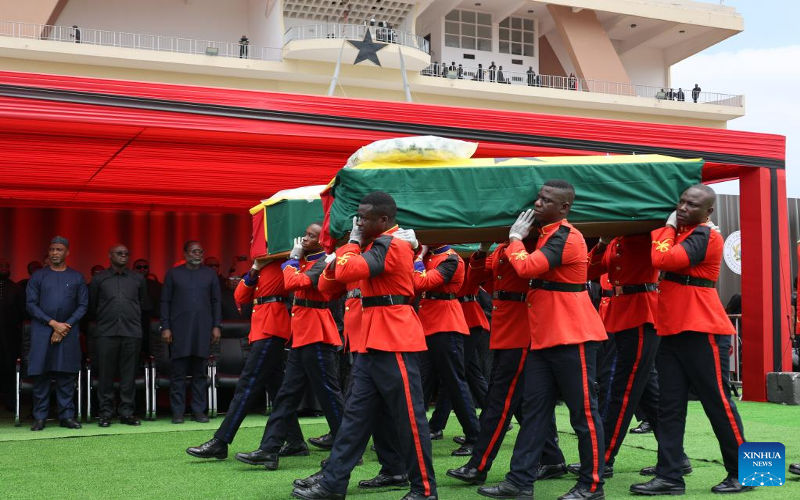NTSA issues safety guidelines ahead of schools reopening

The authority called on schools to rely on the list of licensed speed limiter suppliers in Kenya as listed on its website.
The National Safety and Transport Authority (NTSA) has outlined a list of safety guidelines for school transportation ahead of their reopening in the coming weeks.
The guidelines are aimed at ensuring that all players in school transport operations ensure that the vehicles that will be used to carry children back to school are mechanically sound.
More To Read
- NTSA releases list of licensed vehicle body builders and assessors
- Motorists Association cites negligence, corruption for spike in road deaths
- Kenya records 80 road crash deaths in four days as government launches safety audits
- One dead, six injured in collision involving Royal Liner bus on Kisumu-Busia road near Lela
- Police probes spike in fatal crashes on Kenyan roads as over 50 dead in three days
- Four dead, one critically injured in Kibwezi-Kitui road crash
They stem from random compliance checks and analysis of reports on inspection of school transport vehicles conducted by the authority over an unspecified period of time.
"We have observed the following major safety concerns: speed limiter concerns: Some school transport vehicles had not installed speed limiters, while others operated with non-serviced (expired) speed limiters. We also noted that some of the installed speed limiters did not transmit data to the NTSA Intelligent Road Safety Management System (IRSMS)," the authority said in the notice issued on Friday.
The authority called on schools to rely on the list of licensed speed limiter suppliers in Kenya as listed on its website.
NTSA further directed schools to work on their buses and vans' substandard interior conditions, which include: worn-out upholstery (ripped seats), unstable cushions, torn or jagged seat edges, malfunctioning door locks, and faulty sliding rails.
It noted that some of the vehicles also lacked seat belts, while in others, the seat belts and buckles were defective.
Several vehicles were also found to have poor seat anchorage and lacked anti-roll bars that are crucial for the stability of the vehicle, while others had no VIN plate.
"The standard guides that motor vehicles must be constructed by approved body builders and assessed by approved conformity assessors," the authority said.
Others were found to have poor exterior body condition, including corroded chassis and corroded body, as others exhibited faulty suspension (worn shock absorbers) and defective steering systems (worn tie rods).
"Taking cognizant of the risks posed by unroadworthy vehicles on our roads, we urge motor vehicle owners to perform routine maintenance and service their vehicles to identify and address potential problems. This will help minimise the risk of a road traffic crash because of mechanical failures," the authority said.
The authority further urged members of the public not to board or allow school children to be transported in unroadworthy vehicles.
"Toad safety is a shared responsibility, and if all road users actively participate in creating a safer environment, we can all contribute to reducing fatalities and injuries on our roads," it urged.
At the same time, NTSA systems have flagged 315,000 public service vehicles and commercial vehicles (tare weight 3,049 kgs and above) operating without valid motor vehicle inspection certificates, whose owners have been notified to undertake immediate remedial measures.
Top Stories Today













































